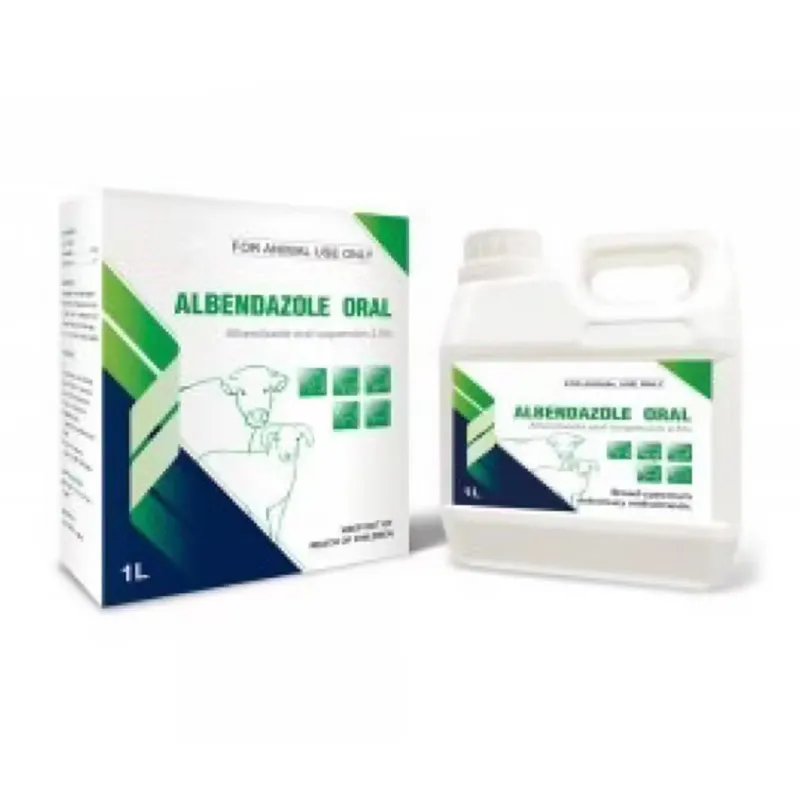- Afrikaans
- Albanian
- Amharic
- Arabic
- Armenian
- Azerbaijani
- Basque
- Belarusian
- Bengali
- Bosnian
- Bulgarian
- Catalan
- Cebuano
- Corsican
- Croatian
- Czech
- Danish
- Dutch
- English
- Esperanto
- Estonian
- Finnish
- French
- Frisian
- Galician
- Georgian
- German
- Greek
- Gujarati
- Haitian Creole
- hausa
- hawaiian
- Hebrew
- Hindi
- Miao
- Hungarian
- Icelandic
- igbo
- Indonesian
- irish
- Italian
- Japanese
- Javanese
- Kannada
- kazakh
- Khmer
- Rwandese
- Korean
- Kurdish
- Kyrgyz
- Lao
- Latin
- Latvian
- Lithuanian
- Luxembourgish
- Macedonian
- Malgashi
- Malay
- Malayalam
- Maltese
- Maori
- Marathi
- Mongolian
- Myanmar
- Nepali
- Norwegian
- Norwegian
- Occitan
- Pashto
- Persian
- Polish
- Portuguese
- Punjabi
- Romanian
- Russian
- Samoan
- Scottish Gaelic
- Serbian
- Sesotho
- Shona
- Sindhi
- Sinhala
- Slovak
- Slovenian
- Somali
- Spanish
- Sundanese
- Swahili
- Swedish
- Tagalog
- Tajik
- Tamil
- Tatar
- Telugu
- Thai
- Turkish
- Turkmen
- Ukrainian
- Urdu
- Uighur
- Uzbek
- Vietnamese
- Welsh
- Bantu
- Yiddish
- Yoruba
- Zulu
નવેમ્બર . 16, 2024 11:34 Back to list
what antibiotic is used for giardia
Antibiotics Used for Giardia An Overview
Giardia lamblia, a protozoan parasite, is responsible for giardiasis, an intestinal infection characterized by diarrhea, abdominal cramps, bloating, and nausea. This infection usually occurs after ingesting contaminated water, food, or surfaces, making it a common issue in areas with poor sanitation or during outdoor activities such as camping. When diagnosed, it is crucial to treat giardiasis effectively to alleviate symptoms and prevent further transmission.
While there are various therapeutic options available, the primary drugs used for treating giardiasis are metronidazole, tinidazole, and nitazoxanide. Let's delve deeper into these antibiotics and their mechanisms.
Metronidazole
Metronidazole has been a mainstay in the treatment of giardiasis for decades. It is an antibiotic that works by disrupting the DNA synthesis of the parasites, ultimately leading to their death. This medication is typically administered orally and is effective in killing the Giardia organisms that inhabit the intestines.
The standard course of metronidazole is usually about five to seven days. Most patients experience symptom relief within a few days of starting the medication. However, like any drug, metronidazole may cause side effects, including nausea, a metallic taste in the mouth, and, in some cases, more severe reactions like neuropathy if used long-term. Despite these potential side effects, metronidazole remains widely prescribed due to its cost-effectiveness and proven efficacy against Giardia.
Tinidazole
Tinidazole is another antibiotic that is effective against giardiasis
. It is structurally similar to metronidazole but is often preferred by some healthcare providers for its once-daily dosing regimen and shorter treatment duration, which typically lasts for only one to three days.what antibiotic is used for giardia

Much like metronidazole, tinidazole works by damaging the DNA of the parasitic cells, leading to cell death. Studies suggest that tinidazole has comparable efficacy to metronidazole but may result in fewer side effects, which makes it a suitable alternative for patients who cannot tolerate metronidazole.
Nitazoxanide
Nitazoxanide is a newer antiparasitic medication that has shown effectiveness against Giardia as well as a variety of other protozoan parasitic infections. Its mechanism of action is different from that of metronidazole and tinidazole; nitazoxanide interferes with the energy metabolism of the parasite, leading to its death.
Nitazoxanide is typically given for three days and is well tolerated in most patients. Moreover, it is available in both oral and liquid formulations, making it accessible for different patient populations. Its broad-spectrum activity also makes it a valuable option for treating other gastrointestinal pathogens, adding versatility to its use in clinical practice.
Conclusion
In summary, giardiasis can be effectively treated with several antibiotics, primarily metronidazole, tinidazole, and nitazoxanide. Each of these has unique properties, dosages, and potential side effects, allowing healthcare providers to choose the most appropriate treatment based on individual patient needs and medical history.
While medications are crucial in managing giardiasis, preventive measures such as safe drinking water practices, proper sanitation, and good hygiene are essential to reducing the incidence of this infection. If symptoms of giardiasis are suspected, consulting with a healthcare provider for appropriate testing and treatment is vital for a swift recovery.
-
Guide to Oxytetracycline Injection
NewsMar.27,2025
-
Guide to Colistin Sulphate
NewsMar.27,2025
-
Gentamicin Sulfate: Uses, Price, And Key Information
NewsMar.27,2025
-
Enrofloxacin Injection: Uses, Price, And Supplier Information
NewsMar.27,2025
-
Dexamethasone Sodium Phosphate Injection: Uses, Price, And Key Information
NewsMar.27,2025
-
Albendazole Tablet: Uses, Dosage, Cost, And Key Information
NewsMar.27,2025













